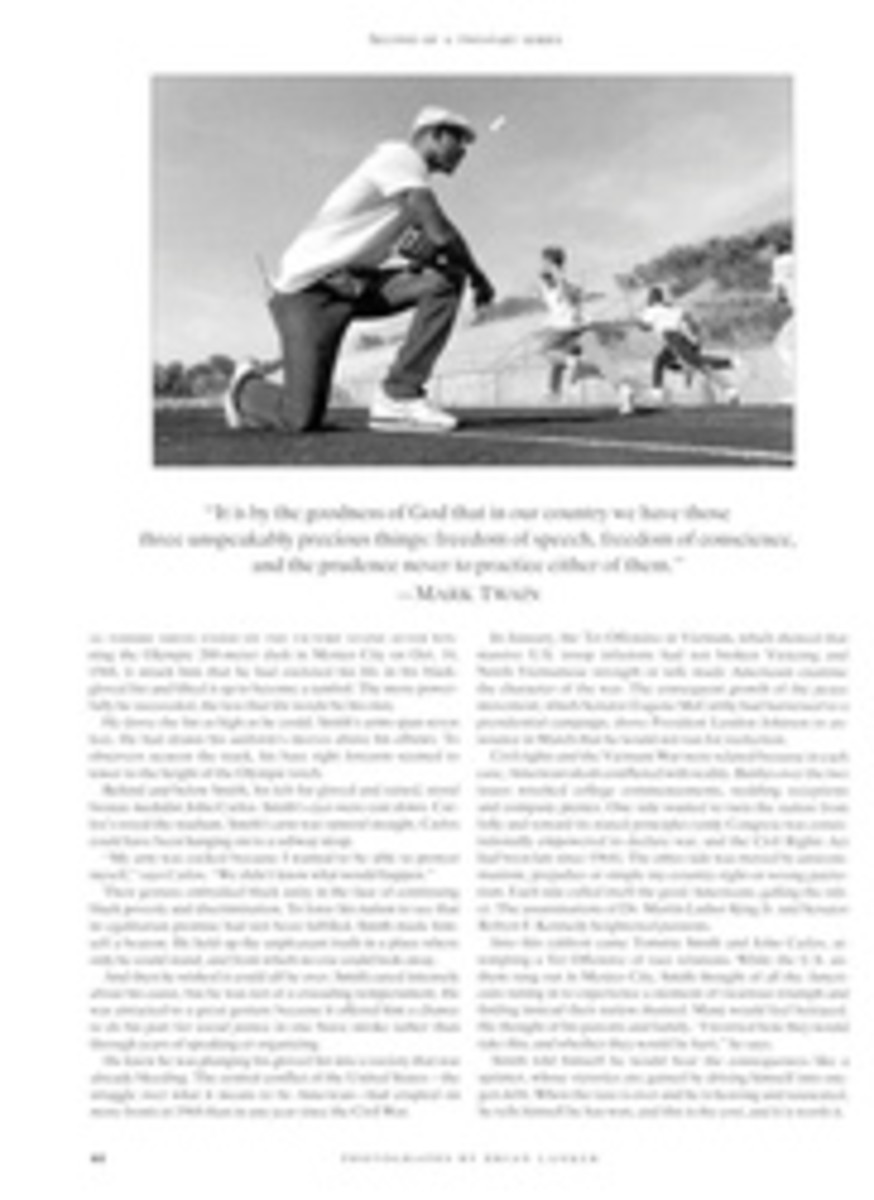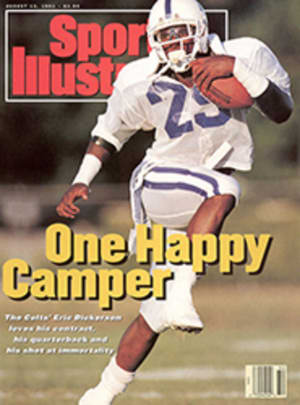
Every Hit Was a Frozen Rope
In august of 1957, when a portion of the sun finally appeared above the northern horizon after four months, a festive mood overtook the men at the Little America Station in Antarctica. Little America, at 78° 11' south latitude and 162° 11' west longitude, was one of seven Antarctic bases the U.S. staffed in conjunction with the International Geophysical Year (IGY), a multinational research project.
To IGY micrometeorologist Paul Dalrymple, the arrival of "spring" meant one thing—baseball. Dalrymple was the resident sports nut. Each day he posted the baseball scores he got on his shortwave radio. He also wrote a sports column in the base newspaper, The Penguin Post, under the byline Scroungy Redbeard.
To celebrate the return of the sun, Dalrymple organized a Softball game between the two groups stationed at Little America, the IGY scientists and the Navy men. "Of the 109 people at Little America, only 23 of us were scientists," says geophysicist Hugh Bennett, now a professor at Michigan State. "The Seabees were there to support us, so from their viewpoint, we were pampered. There was a bit of friction. They used to refer to us scientists as Sandcrabs."
On the afternoon of Sunday, Aug. 25, with a black bat, a ball painted international orange and trail markers for bases, the Sandcrab Tigers and Navy Seabees took the field at Seal Stadium, a firm expanse of snow near the base. The weather was clear and calm—and -41°. The intrepid few who started off wearing baseball gloves quickly discarded them for heavy horsehair work mittens.
At 2 p.m., IGY weather technician Sam Wilson stepped into the batter's box. Because of the frost on his glasses, when Seabee pitcher Eugene Black peered in for the sign from his catcher, Hector Lett, he could barely see his receiver, let alone decipher a signal. A brief conference ensued, and the Navy battery decided to stick with fastballs. Wilson went down swinging.
Later in that inning, physiologist Fred Milan took a mighty cut at the ball, which came to rest two inches outside the batter's box. Starting for first, Milan slipped on the snow and fell. Lett, attempting to field the ball, fell on top of him. Milan struggled to his feet but was bowled over by Black, who came barreling in after the ball. Sensing the futility of trying to get up, Milan—to the delight of the 12 or so spectators-scrambled to first base on his hands and knees, just beating the throw. At the end of their half of the inning, the scientists had a 3-0 lead.
Pitching for the scientists, Dalrymple struck out two, and at the end of one inning the score was 3-1. Bert Crary, the IGY's chief scientist in Antarctica, announced, "O.K., we quit." Dalrymple wouldn't hear of it, and the game went on.
The Tigers scored three more in the top of the second and appeared to be headed for the Antarctic championship. But when Dalrymple went out for the bottom of the inning, he had nothing left. After Scroungy Redbeard had been driven from the mound, weather observer Gene Harter took over, but he was unable to put out the fire. "One of their most effective hits was a short fly," remembers Tiger shortstop Dick Chappell, now a biology professor at Hunter College in New York City. "The fielders had trouble running in the snow to get to the ball, and then we had to dig to find it. As much time was spent digging for the ball as throwing it."
In centerfield, Bennett's glasses had frosted over, and when Seabee first baseman Red Grain smashed a deep fly his way, Bennett couldn't find the ball, and Crain circled the bases. Dalrymple summoned meteorological observer Ben Remington to take over as Tiger pitcher. Capping the Navy comeback, leftfielder John Hricsina, a muscular 19-year-old, greeted Remington with a shot to right center, which the hapless Bennett again lost in the frost. By the time Bennett ran the ball down, it had rolled to the edge of Crevasse Valley, a steep drop-off of several hundred feet, and Hriscina had an easy home run.
When the inning ended at 2:45 p.m., Navy was ahead 11-6, and the game was called on account of darkness and frostbite. "At minus 40, it doesn't take much to produce frostbite on any exposed skin," says the now-retired Dalrymple. "I never saw so many frostbites at one time."
Nevertheless, the participants agreed the game had been fun. "It was extremely cold," says Bennett, "but we were very happy to be out there acting foolish."
ILLUSTRATION
RICK SEALOCK
Jay Feldman, a free-lance writer from California, is a frequent contributor to SI.

